How Different Cultures Understand Time
Photo by rawpixel/Unsplash
By Richard Lewis
Time is seen in a particularly different light by Eastern and Western cultures, and even within these groupings assumes quite dissimilar aspects from country to country.
In the Western Hemisphere, the United States and Mexico employ time in such diametrically opposing manners that it causes intense friction between the two peoples.
In Western Europe, the Swiss attitude to time bears little relation to that of neighbouring Italy.
Thais do not evaluate the passing of time in the same way that the Japanese do. In Britain, the future stretches out in front of you. In Madagascar, it flows into the back of your head from behind.
Linear Time
Let us begin with the American concept of time, for theirs is the most expensive, as anyone who has had to deal with American doctors, dentists or lawyers will tell you.
For an American, time is truly money. In a profit-oriented society, time is a precious, even scarce, commodity. It flows fast, like a mountain river in the spring, and if you want to benefit from its passing, you have to move fast with it. Americans are people of action; they cannot bear to be idle. The past is over, but the present you can seize, parcel and package and make it work for you in the immediate future. Figure 4.1 illustrates how Americans view time, and Figure 4.2 shows how they use it.

Figure 4.1: American flow of time. Richard Lewis
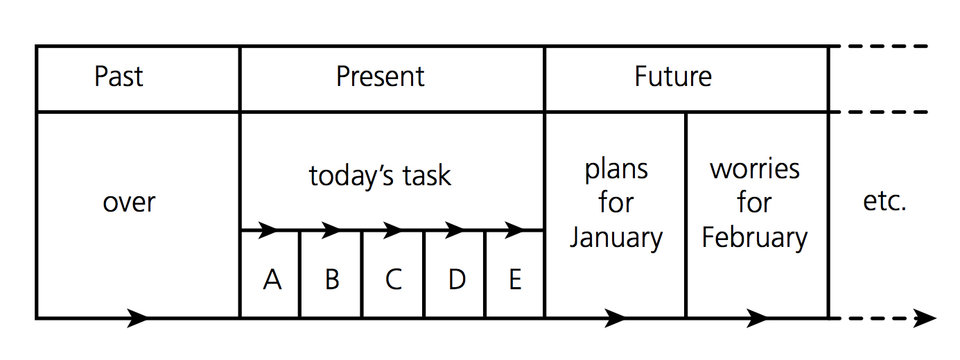
Figure 4.2: Carving up American time. Richard Lewis
In the U.S. you have to make money, otherwise you are nobody. If you have 40 years of earning capacity and you want to make $4 million, that means $100,000 per annum. If you can achieve this in 250 working days, that comes to $400 a day or $50 an hour. With this orientation Americans can say that their time costs $50 an hour. Americans also talk about wasting, spending, budgeting and saving time.
This seems logical enough, until one begins to apply the idea to other cultures. Has the Portuguese fisherman, who failed to hook a fish in two hours, wasted his time? Has the Sicilian priest, failing to make a convert on Thursday, lost ground? Have the German composer, the French poet, the Spanish painter, devoid of ideas last week, missed opportunities that can be qualified in monetary terms?
Has the Portuguese fisherman, who failed to hook a fish in two hours, wasted his time? Has the Sicilian priest, failing to make a convert on Thursday, lost ground? Have the German composer, the French poet, the Spanish painter, devoid of ideas last week, missed opportunities that can be qualified in monetary terms?
The Americans are not the only ones who sanctify timekeeping, for it is practically a religion in Switzerland and Germany, too. These countries, along with Britain, the Anglo-Saxon world in general, the Netherlands, Austria and Scandinavia, have a linear vision of time and action. They suspect, like the Americans, that time is passing (being wasted) without decisions being made or actions being performed.
These groups are also monochromic; that is, they prefer to do only one thing at a time, to concentrate on it and do it within a fixed schedule. They think that in this way they get more things done—and more efficiently. Furthermore, being imbued with the Protestant work ethic, they equate working time with success: the harder you work—the more hours, that is—the more successful you will be and the more money you will make.
This idea makes perfect sense to American ears, would carry less weight in class-conscious Britain, and would be viewed as entirely unrealistic in Southern European countries, where authority, privilege and birthright negate the theory at every turn. In a society such as existed in the Soviet Union, one could postulate that those who achieved substantial remuneration by working little (or not at all) were the most successful of all.
Multi-Active Time
Southern Europeans are multi-active, rather than linear-active. The more things they can do at the same time, the happier and the more fulfilled they feel. They organize their time (and lives) in an entirely different way from Americans, Germans and the Swiss. Multi-active peoples are not very interested in schedules or punctuality. They pretend to observe them, especially if a linear-active partner or colleague insists on it, but they consider the present reality to be more important than appointments. In their ordering of things, priority is given to the relative thrill or significance of each meeting.
Spaniards, Italians and Arabs will ignore the passing of time if it means that conversations will be left unfinished. For them, completing a human transaction is the best way they can invest their time. For an Italian, time considerations will usually be subjected to human feelings. “Why are you so angry because I came at 9:30?” he asks his German colleague. “Because it says 9:00 in my diary,” says the German. “Then why don’t you write 9:30 and then we’ll both be happy?” is a logical Italian response. The business we have to do and our close relations are so important that it is irrelevant at what time we meet. The meeting is what counts. Germans and Swiss cannot swallow this, as it offends their sense of order, of tidiness, of planning.
A Spaniard would take the side of the Italian. There is a reason for the Spaniard’s lax adherence to punctuality. The German believes in a simple truth—scientific truth. The Spaniard, in contrast, is always conscious of the double truth—that of immediate reality as well as that of the poetic whole. The German thinks they see eye to eye, as in Figure 4.3, while the Spaniard, with the consciousness of double truth, sees it as in Figure 4.4.

Figure 4.3: What Germans and Spaniards think they see. Richard Lewis
As far as meetings are concerned, it is better not to turn up strictly on time for Spanish appointments. In Spain, punctuality messes up schedules, as illustrated in Figure 4.5.
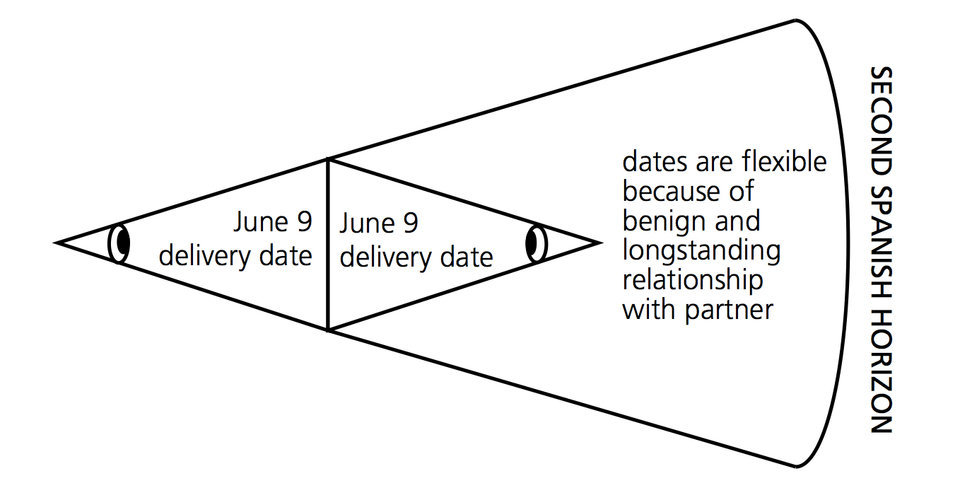
Figure 4.4: How the Spaniard actually sees. Richard Lewis
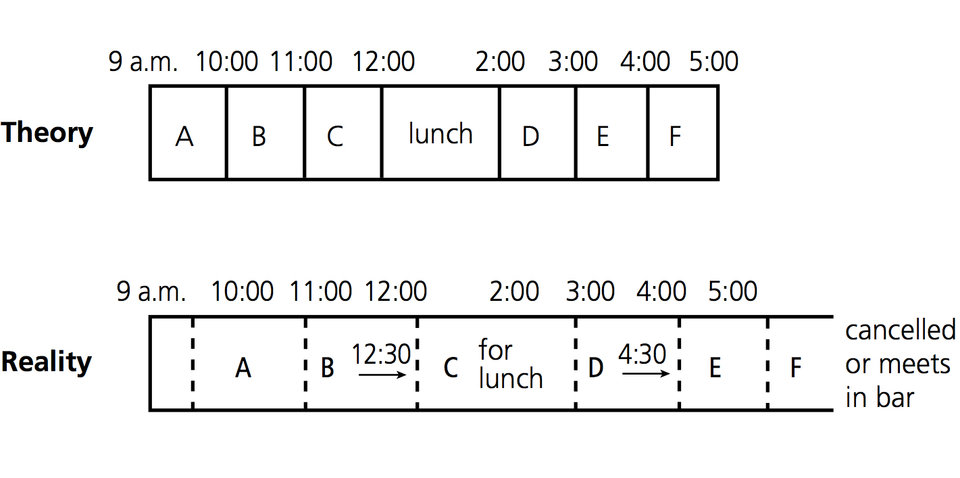
Figure 4.5: Spanish schedules: in theory, in reality. Richard Lewis
Few Northern Europeans or North Americans can reconcile themselves to the multi-active use of time. Germans and Swiss, unless they reach an understanding of the underlying psychology, will be driven to distraction. Germans see compartmentalization of programs, schedules, procedures and production as the surest route to efficiency. The Swiss, even more time and regulation dominated, have made precision a national symbol. This applies to their watch industry, their optical instruments, their pharmaceutical products, their banking. Planes, buses and trains leave on the dot. Accordingly, everything can be exactly calculated and predicted.
The Swiss, even more time and regulation dominated, have made precision a national symbol.
In countries inhabited by linear-active people, time is clock- and calendar-related, segmented in an abstract manner for our convenience, measurement and disposal. In multi-active cultures like the Arab and Latin spheres, time is event- or personality-related, a subjective commodity that can be manipulated, molded, stretched or dispensed with, irrespective of what the clock says.
“I have to rush,” says the American, “my time is up.” The Spaniard or Arab, scornful of this submissive attitude to schedules, would only use this expression if death were imminent.
Cyclic Time
Both the linear-active northerner and the multi-active Latin think that they manage time in the best way possible. In some Eastern cultures, however, the adaptation of humans to time is seen as a viable alternative. In these cultures, time is viewed neither as linear nor event-relationship related, but as cyclic. Each day the sun rises and sets, the seasons follow one another, the heavenly bodies revolve around us, people grow old and die, but their children reconstitute the process. We know this cycle has gone on for 100,000 years and more. Cyclical time is not a scarce commodity. There seems always to be an unlimited supply of it just around the next bend. As they say in the East, when God made time, He made plenty of it.
It’s not surprising, then, that business decisions are arrived at in a different way from in the West. Westerners often expect an Asian to make a quick decision or to treat a current deal on its present merits, irrespective of what has happened in the past. Asians cannot do this. The past formulates the contextual background to the present decision, about which in any case, as Asians, they must think long term—their hands are tied in many ways. Americans see time passing without decisions being made or actions performed as having been “wasted.” Asians do not see time as racing away unutilized in a linear future, but coming around again in a circle, where the same opportunities, risks and dangers will represent themselves when people are so many days, weeks or months wiser. As proof of the veracity of the cyclical nature of time, how often do we (in the West) say, “If I had known then what I know now, I would never have done what I did”?
Figure 4.6 compares the speed of Western action chains with Asian reflection. The American, German and Swiss go home satisfied that all tasks have been completed. The French or Italian might leave some “mopping up” for the following day. John Paul Fieg, author of A Common Core: Thais and Americans, describing the Thai attitude toward time, saw it as a pool one could gradually walk around. This metaphor applies to most Asians, who, instead of tackling problems immediately in sequential fashion, circle around them for a few days or weeks before committing themselves. After a suitable period of reflection, tasks A, D and F may indeed seem worthy of pursuing (refer to Figure 4.6). Tasks B, C and E may be quietly dropped. Contemplation of the whole scene has indicated, however, that task G, perhaps not even envisaged at all earlier on, might be the most significant of all.
In a Buddhist culture (e.g., Thailand, Tibet), not only time but also life itself goes around in a circle. Whatever we plan, however we organize our particular world, generation follows generation; governments and rulers will succeed each other; crops will be harvested; monsoons, earthquakes and other catastrophes will recur; taxes will be paid; the sun and moon will rise and set; stocks and shares will rise and fall. Even the Americans will not change such events, certainly not by rushing things.
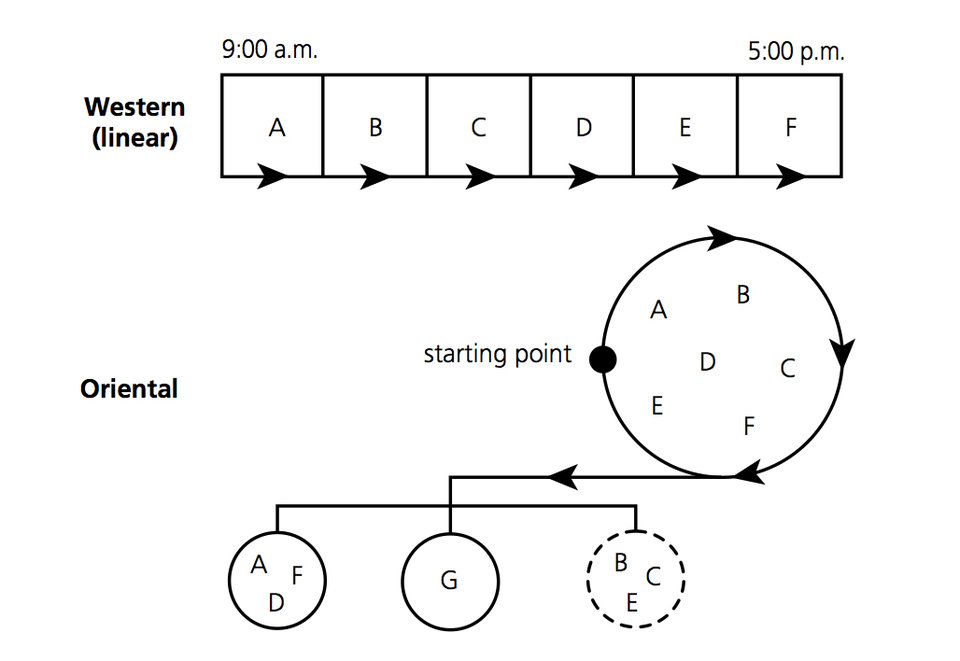
Figure 4.6: Western action chains/Asian reflection. Richard Lewis
Chinese
The Chinese, like most Asians, “walk around the pool” in order to make well-considered decisions, but they also have a keen sense of the value of time. This can be noticed especially in their attitude toward taking up other people’s time, for which they frequently apologize. At the end of a meeting in China, it is customary to thank the participants for contributing their valuable time. Punctuality on arrival is also considered important—more so than in many other Asian countries. Indeed, when meetings are scheduled between two people, it is not unusual for a Chinese person to arrive 15 to 30 minutes early “in order to finish the business before the time appointed for its discussion,” so not stealing any of the other person’s time! It is also considered polite in China to announce, 10 or 15 minutes after a meeting has begun, that one will soon have to be going. Again, the worthy aim involved is to economize on their use of your time. The Chinese will not go, of course, until the transaction has been completed, but the point has been made.
This is indeed a double standard. The Chinese penchant for humility demands that the other person’s time be seen as precious; on the other hand, the Chinese expect a liberal amount of time to be allocated for repeated consideration of the details of a transaction and to the careful nurturing of personal relationships surrounding the deal. They frequently complain that Americans, in China to do business, often have to catch their plane back to the U.S. “in the middle of the discussion.” The American sees the facts as having been adequately discussed; the Chinese feel that they have not yet attained that degree of closeness—that satisfying sense of common trust and intent—that is for the Chinese the bedrock of the deal and of other transactions in the future.
The American sees the facts as having been adequately discussed; the Chinese feel that they have not yet attained that degree of closeness—that satisfying sense of common trust and intent—that is for the Chinese the bedrock of the deal and of other transactions in the future.
Japanese
The Japanese have a keen sense of the unfolding or unwrapping of time—this is well described by Joy Hendry in her book Wrapping Culture: Politeness, Presentation, and Power in Japan and Other Societies. People familiar with Japan are well aware of the contrast between the breakneck pace maintained by the Japanese factory worker on the one hand, and the unhurried contemplation to be observed in Japanese gardens or the agonizingly slow tempo of a Noh play on the other.
What Hendry emphasizes, however, is the meticulous, resolute manner in which the Japanese segment time. This segmentation does not follow the American or German pattern, where tasks are assigned in a logical sequence aimed at maximum efficiency and speed in implementation. The Japanese are more concerned not with how long something takes to happen, but with how time is divided up in the interests of properness, courtesy and tradition.
For instance, in most Japanese social gatherings, there are various phases and layers—marked beginnings and endings—for retirement parties, weddings, parent-teacher association meetings and so on.
In Japan’s conformist and carefully regulated society, people like to know at all times where they stand and where they are at: this applies both to social and business situations. The mandatory, two-minute exchange of business cards between executives meeting each other for the first time is one of the clearest examples of a time activity segment being used to mark the beginning of a relationship. Another example is the start and finish of all types of classes in Japan, where the lesson cannot begin without being preceded by a formal request on the part of the students for the teacher to start. Similarly, they must offer a ritualistic expression of appreciation at the end of the class.
Other events that require not only clearly defined beginnings and endings but also unambiguous phase-switching signals are the tea ceremony, New Year routines, annual cleaning of the house, cherry blossom viewing, spring “offensives” (strikes), midsummer festivities, gift-giving routines, company picnics, sake-drinking sessions, even the peripheral rituals surrounding judo, karate and kendo sessions. A Japanese person cannot enter any of the above activities in the casual, direct manner a Westerner might adopt. The American or Northern European has a natural tendency to make a quick approach to the heart of things. The Japanese, in direct contrast, must experience an unfolding or unwrapping of the significant phases of the event. It has to do with Asian indirectness, but in Japan it also involves love of compartmentalization of procedure, of tradition, of the beauty of ritual.
The American or Northern European has a natural tendency to make a quick approach to the heart of things. The Japanese, in direct contrast, must experience an unfolding or unwrapping of the significant phases of the event. It has to do with Asian indirectness, but in Japan it also involves love of compartmentalization of procedure, of tradition, of the beauty of ritual.
To summarize, when dealing with the Japanese, you can assume that they will be generous in their allocation of time to you or your particular transaction. In return, you are advised to try to do the “right thing at the right time.” In Japan, form and symbols are more important than content.
Back to the Future
In the linear-active, industrialized Western cultures, time is seen as a road along which we proceed. Life is sometimes referred to as a “journey”; death is often referred to as the “end of the road.” We imagine ourselves as having travelled along the part of the road that is behind us (the past) and we see the untrodden path of the future stretching out in front of us.
Linear-oriented people do not regard the future as entirely unknowable, for they have already nudged it along certain channels by meticulous planning. American executives, with their quarterly forecasts, will tell you how much money they are going to make in the next three months. The Swiss stationmaster will assure you, without any hesitation, that the train from Zurich to Luzern will leave at 9:03 tomorrow morning and arrive at exactly 10:05. He is probably right, too. Watches, calendars and computers are devices that not only encourage punctuality but also get us into the habit of working toward targets and deadlines. In a sense, we are “making the future happen.”
We cannot know everything (it would be disastrous for horse racing and detective stories), but we eliminate future unknowns to the best of our ability. Our personal programming tells us that over the next year we are going to get up at certain times, work so many hours, take vacations for designated periods, play tennis on Saturday mornings and pay our taxes on fixed dates.
Cyclic time is not seen as a straight road leading from our feet to the horizon, but as a curved one which in one year’s time will lead us through “scenery” and conditions very similar to what we experience at the present moment. Observers of cyclic time are less disciplined in their planning of the future, since they believe that it cannot be managed and that humans make life easier for themselves by “harmonizing” with the laws and cyclic events of nature. Yet in such cultures a general form of planning is still possible, for many things are fairly regular and well understood.
Cultures observing both linear and cyclic concepts of time see the past as something we have put behind us and the future as something that lies before us. In Madagascar, the opposite is the case (see Figure 4.7). The Malagasy imagine the future as flowing into the back of their heads, or passing them from behind, then becoming the past as it stretches out in front of them. The past is in front of their eyes because it is visible, known and influential. They can look at it, enjoy it, learn from it, even “play” with it. The Malagasy people spend an inordinate amount of time consulting their ancestors, exhuming their bones, even partying with them.
The Malagasy imagine the future as flowing into the back of their heads, or passing them from behind, then becoming the past as it stretches out in front of them. The past is in front of their eyes because it is visible, known and influential.
By contrast, the Malagasy consider the future unknowable. It is behind their head where they do not have eyes. Their plans for this unknown area will be far from meticulous, for what can they be based on? Buses in Madagascar leave not according to a predetermined timetable, but when the bus is full. The situation triggers the event. Not only does this make economic sense, but it is also the time that most passengers have chosen to leave. Consequently, in Madagascar stocks are not replenished until shelves are empty, filling stations order gas only when they run dry, and hordes of would-be passengers at the airport find that, in spite of their tickets, in reality everybody is wait-listed. The actual assignation of seats takes place between the opening of the check-in desk and the (eventual) departure of the plane.
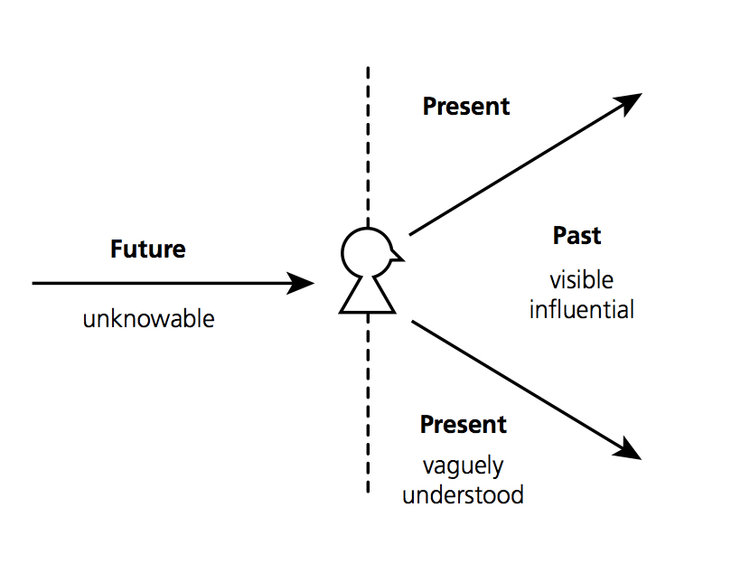
Figure 4.7: Malagasy concept of time. Richard Lewis
Validity of Time Concepts
The Malagasy, Thais, Japanese, Spaniards and many others will continue to use time in ways that will conflict with linear-oriented cultures in social and business spheres.
The objective view of time and its sequential effects is, however, favourable to historicity and to everything connected with industrialized organization. Just as we conceive of our objectified time as extending in the future in the same way that it extends in the past, we mirror our records of the past in our estimates, budgets and schedules. We build up a commercial structure based on time pro-rata values: time wages, rent, credit, interest, depreciation charges and insurance premiums.
In general, we are confident (in North America and Northern Europe) that we have approached the optimum management of time. Many cultures (including powerful economies of the future, such as China, Japan and Southeast Asia) will only allow the linear-oriented concept of time to dictate their behaviour to a limited extent. Industrial organization demands a certain degree of synchronization of schedules and targets, but the underlying philosophies concerning the best and most efficient use of time—and the manner in which it should be spent—may remain radically different.
This article originally appeared in Business Insider and was reprinted with permission. Read more of linguist and cross-culture studies expert Richard Lewis’ work in detail in his book When Cultures Collide and check out his services for businesses and individuals at Richard Lewis Communications.
Richard D. Lewis is one of Britain’s foremost linguists. He brought Berlitz to East Asia, Portugal and Finland and spent several years in Japan, where he personally tutored Empress Michiko and five other Japanese Imperial Family members. When Cultures Collide, his guide to world business cultures, has sold over one million copies, is in 15 languages and won the prestigious US Executive Book Club award. He currently lectures throughout the world on cross-cultural issues and writes prolifically. His latest book, with Kai Hammerich, is Fish Can’t See Water. In 1997, Richard received a Finnish knighthood, for his 40 years’ experience helping Finland develop international links, including preparations for EU presidency. In 2009, he was promoted to Knight Commander, Order of the Lion of Finland. For further details, check out his book, The Road from Wigan Pier.




